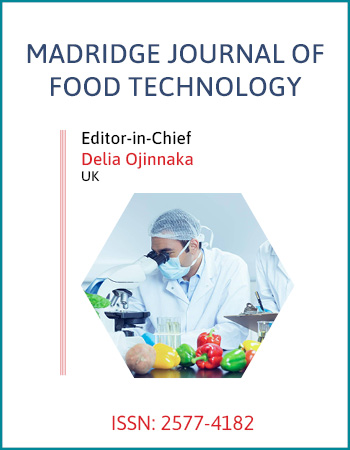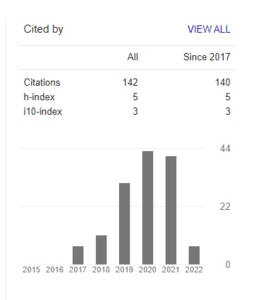International Conference on Food Science and Bioprocess Technology
November 20-22, 2017 Dubai, UAE
Influence of Wax Coating and Packaging of Citrus Fruits and Products
Sher-e-Kashmir University of Agricultural Sciences and Technology of Jammu, India
Citrus fruits are the juiciest among all other fruits. Wax Coating on citrus fruit prevents the loss of moisture, which keeps citrus fruits juicy and fresh for long period. Waxing Coating process on Citrus fruit is adopted widely in world. Waxing Coating on Citrus prevents weight loss and maintains freshness & shine. The beneficial effects of waxing or coatings are directly related to gas and water vapor exchange between the fruit and its environment. Currently, there are several coating substances available for commercial use for postharvest pre-storage treatment of fresh fruits. They generally contain shellac, natural waxes or sucrose esters of edible fatty acids as active components incorporated with other materials as well as various polysaccharide-based coatings. Coatings made with shellac and wood resins give little protection against shrinkage. Wax coatings give a low shrinkage rate but also low gloss. In many of these cases, waxed fruit had less spoilage and a lower respiration rate than uncoated samples. The barrier hindered O2 and CO2 diffusion, thus reducing the respiration rate. Another benefit of waxing is retention of firmness. The reduction in spoilage is of such significance that waxing is considered a cost-effective substitute where refrigerated storage is unaffordable. Citrus fruits are packed in sacks, bags, bamboo baskets and wooden boxes for sending to local markets. For urban markets, citrus fruits are packed in telescopic cardboard boxes. Corrugated trays are equally effective as packaging material while transporting the fruits. Use of such trays is cost effective due to its reusability. Proper packaging of a product can reduce not only bruising and crushing, but can also improve marketing of produce, reduce moisture loss, prevent contamination of the product with spoilage organisms, reduce pilferage, maintain a sanitary environment during marketing. The ultimate goal of packaging must lead to easier handling of the produce, a better quality and better marketable product.
Biography:
Dr. Akash Sharma is working as Assistant Professor in the Advanced Centre for Horticulture Research of Sher-e-Kashmir University of Agricultural Sciences and Technology of Jammu (SKUAST-J). His ground-breaking work on the fruit culture has led to new insights. Further, he significantly advanced the knowledge of fruits by the way of Teaching, Research and Extension. Dr. Sharma holds Ph.D. degree in Fruit Science (Horticulture) from SKUAST-Jammu. His research finding have appeared in several national and international peer-reviewed journals and conferences and have sixty four publications, guided five MSc students, released sucking type of mango variety and has delivered more than fifty lectures in different training program to orchardists and departmental functionaries. He already has a substantial body of work, which promises an outstanding career. His theoretical brilliance and creativity, fierce intellectual courage will inspire the upcoming generations of students. He has emerged as one of our best new researchers and thinkers in the area of Fruit Science. His major area of research includes Fruit production technology under changing climate; he is Principal Investigator of one externally funded project on High density orcharding of mango and guava in Jammu sub-tropics and Co-PI of two projects. Dr. Sharma is associated with several professional societies in the area of Horticulture.



